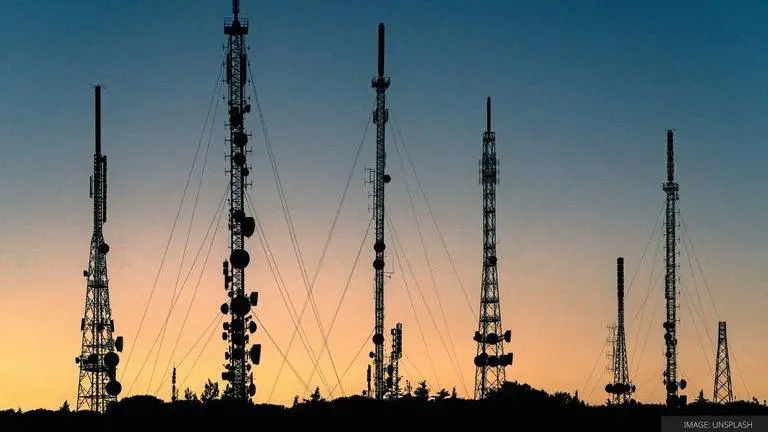Updated 14 August 2021 at 15:30 IST
5Gi vs 5G: What is 5Gi and why it might be incorporated in India? Detailed report
5Gi is a locally designed telecommunication network that has been designed by IIT Hyderabad, IIT Madras and the Centre of Excellence in Wireless Technology.
- Tech News
- 3 min read

The next-generation telecommunication technology called 5G is already being tested by telecommunication companies like Reliance Jio and Bharti Airtel. While several countries in the world have the latest 5G network systems in place, the Indian government has not auctioned the spectrum that will be required to provide 5G signals. And amid all the other updates, reports suggesting an establishment of a local 5G derived network called 5Gi are surfacing. The locally developed 5Gi network will differ from the international standards of 5G and provide an alternative to it. But is the 5Gi as goog as 5G? Keep reading to know more about 5Gi vs 5G.
5Gi vs 5G: What is 5Gi?
5Gi is a locally designed telecommunication network that has been designed by IIT Hyderabad, IIT Madras and the Centre of Excellence in Wireless Technology. The project is approved by the Department of Telecommunications in India and has been provided with funding as well. The technology developed by Indian institutions will be an alternative to the global 5G standards and has already got a thumbs up from the International Communication Unit.
The 5G technology seems to work fine, what is the need for 5Gi?
Globally, the 5G technology operates on a range of 700MHz and 52,000MHz. This range is further divided into brackets as low-frequency brackets (below 1GHz), medium frequency (1GHz to 6GHz) and high frequency (above 6GHz). The tests that have been conducted so far by Reliance Jio and Bharti Airtel have also been carried out in the medium frequency range. However, the main problem with global 5G technology is that the range of coverage goes down with an increase in frequency. This is where 5Gi steps in, as it provides a higher range at a lower frequency.
5Gi might be more efficient and effective than 5G?
Essentially, 5Gi network technology is capable of working at a lower frequency than 5G by still providing a higher range. The technology works on a Low Mobility Large Cell method, which transmits a cell-based waveform which results in increased range. the TSDSi or the Telecommunications Standards Development Society of India says that "Enhanced cell coverage enabled by this standard, will be of great value in countries and regions that rely heavily on mobile technologies for connectivity but cannot afford dense deployment of base stations due to lack of deep fibre penetration, poor economics and challenges of geographical terrain."
Advertisement
How will the country benefit from 5Gi?
If implemented in the right manner, the 5Gi technology can be fruitful to a large country like India as the large scale implications will make the technology cost-effective. Additionally, owing to its high range, 5Gi will be able to provide better network connectivity in the rural area of the country. However, this could be a huge problem for the telecommunication providers in the company who has already invested millions in upgrading their equipment to provide 5G that abides by the global standards.
Is there any downside to implementing 5Gi?
If the government and authorities decide to implement the indigenous 5Gi technology, telecoms will have to spend a fortune to optimize their equipment, incurring heavy losses. Additionally, smartphone companies might have to incorporate specialized receivers to work on the 5Gi technology. Currently, the authorities are studying the advantages and disadvantages of the technology and might make an informed decision soon.
Advertisement
Published By : Shikhar Mehrotra
Published On: 14 August 2021 at 15:30 IST
